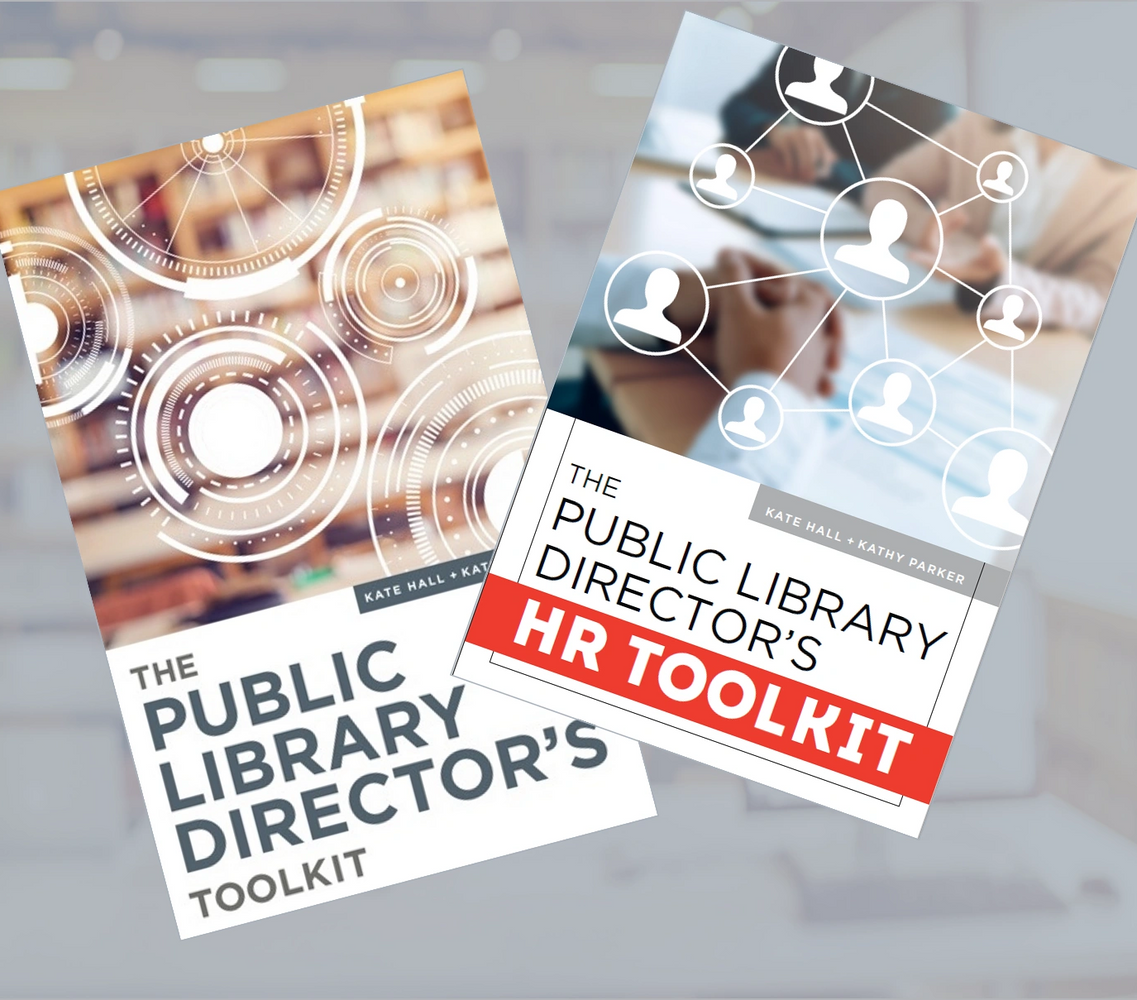Management & leadership training tools for public library directors



Kate has been a library director for over a dozen years and has worked in libraries for over two decades. Kate currently works at the Northbrook Public Library in Northbrook, Illinois.

Kathy retired in 2018 with over 40 years of library experience with 16 serving as library director at Glenwood-Lynwood Public Library in Glenwood, Illinois. Kathy opened her own consulting business and does Interim Director work and staff and trustee development.
Sign up to hear from us.